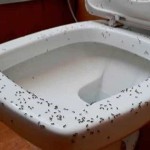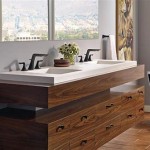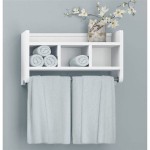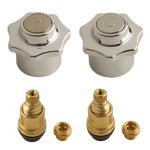What Type of Paint to Use in a Bathroom
Bathrooms present unique challenges for paint due to high humidity and frequent temperature fluctuations. Choosing the right paint is crucial for longevity, aesthetics, and preventing issues like mold and mildew. This article will explore the various paint types suitable for bathrooms, highlighting their properties and benefits.
1. Satin/Eggshell Finish Latex Paint
Latex paint is a popular choice for walls in many areas of the home, and with the right finish, it performs well in bathrooms. Satin or eggshell finishes offer a subtle sheen, making them more durable and easier to clean than flat or matte finishes. This durability is crucial in a bathroom, where surfaces are frequently exposed to moisture and cleaning products. Latex paint is also relatively easy to apply and dries quickly.
2. Semi-Gloss Finish Latex Paint
For areas exposed to higher moisture levels, such as the walls surrounding a bathtub or shower, semi-gloss latex paint is a better option. The higher gloss level creates a harder, more impervious surface, offering superior protection against moisture and making it exceptionally easy to clean. Semi-gloss paint also resists mildew growth more effectively than less glossy finishes.
3. Moisture-Resistant Primer
Regardless of the chosen paint type, applying a moisture-resistant primer is highly recommended. Primer creates a uniform base for the paint to adhere to and acts as an additional barrier against moisture penetration. This is especially important in older homes or bathrooms with poor ventilation. Applying primer before painting can significantly extend the life of the paint job and prevent issues like peeling and mildew.
4. Mold and Mildew-Resistant Additives
While many paints now contain built-in mildew inhibitors, adding a separate mildewcide additive to the paint can offer extra protection, especially in bathrooms prone to high humidity. These additives can help prevent the growth of mold and mildew on the painted surfaces, keeping them looking cleaner and fresher for longer. Be sure to follow the manufacturer's instructions carefully when adding mildewcide to paint.
5. Bathroom-Specific Paints
Several paint manufacturers offer paints specifically formulated for bathrooms. These paints typically combine mildew resistance, moisture resistance, and easy-cleaning properties in one product. They are often available in various finishes, allowing for flexibility in achieving the desired aesthetic. While these paints may be slightly more expensive than standard latex paints, their specialized formulation can provide added peace of mind and potentially reduce the frequency of repainting.
6. Oil-Based Enamel Paint
Oil-based enamel paints offer excellent durability and moisture resistance, making them suitable for trim and other wood surfaces in bathrooms. The hard, glossy finish provides a protective barrier against water damage and is very easy to clean. However, oil-based paints require longer drying times and produce strong fumes during application, necessitating adequate ventilation. Cleanup also requires solvents, rather than just water, unlike latex paints.
7. Choosing the Right Sheen
The sheen of a paint refers to its level of glossiness. Flat or matte finishes offer minimal sheen and hide imperfections well but are less durable and harder to clean. Eggshell and satin sheens provide a good balance between durability and washability, while semi-gloss and high-gloss finishes offer superior moisture resistance and ease of cleaning but can highlight imperfections on the wall surface. Consider the specific needs and aesthetic preferences of the bathroom when selecting the appropriate sheen.
Proper ventilation plays an essential role in maintaining a healthy bathroom environment and preserving the integrity of the paint job. Ensure adequate ventilation during and after painting to allow fumes to dissipate and reduce moisture buildup. Exhaust fans should be used regularly, especially after showering or bathing, to help remove excess moisture from the air.
Preparation is key to achieving a professional-looking and long-lasting paint job. Before painting, thoroughly clean the bathroom surfaces to remove any dirt, grime, mildew, or soap scum. Repair any cracks or holes in the walls and lightly sand glossy surfaces to improve paint adhesion. Taping off trim and other fixtures will ensure clean lines and prevent paint from getting on unwanted surfaces. Following these guidelines will help ensure a successful and durable paint application in the bathroom.

What Type Of Paint Should I Use In My Bathroom

What Type And Color Paint Should You Use

What Type Of Paint Should You Use In Your Bathroom Newline Painting

The Best Type Of Paint For Bathrooms A Full Guide

Bathroom Paint Guide Choosing The Right Finish

How To Choose The Right Bathroom Paint

What You Need To Know When Choosing Bathroom Paint The Showroom

What Type And Color Paint Should You Use

What Type Of Paint Should You Use In A Bathroom

Best Paint Finish For Bathrooms Today Eco Inc







